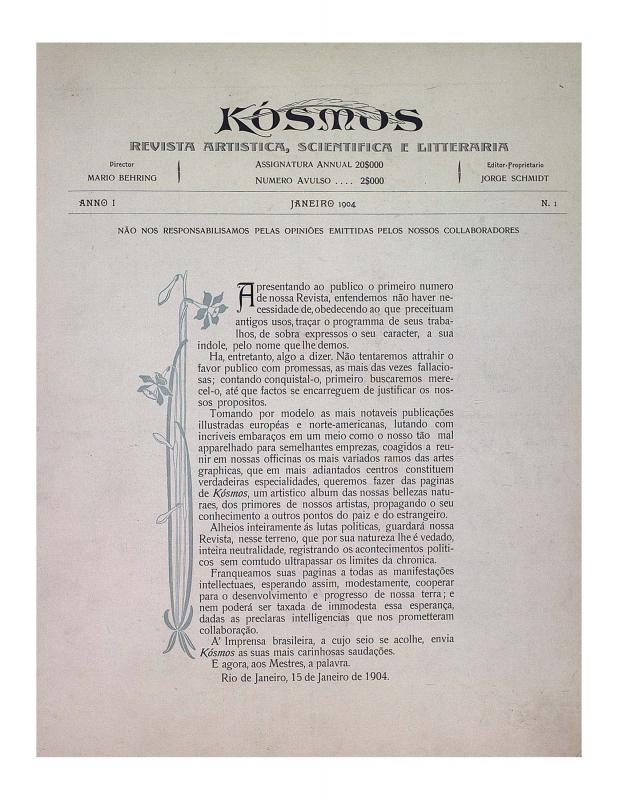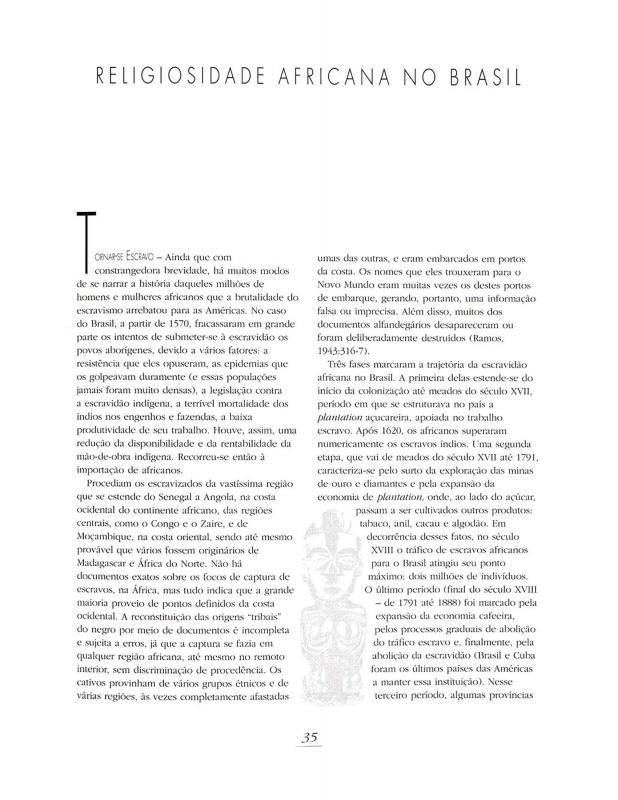This essay by the anthropologist Marianno Carneiro da Cunha is the basis for one of the most important books dealing with the back story of Brazilian culture, História Geral da Arte no Brasil, compiled by the historian Walter Zanini (1925–2013). It calls for the use of historical and iconographic methods in the study of African and Afro-Brazilian art. It emphasizes the conceptual and iconic nature of that art and its relationship to the symbolic universe of the religious rituals used in candomblé and Umbanda (a cult riddled with Christian influences).
Carneiro da Cunha, who studied to be a philosopher, conducted pioneering studies on various aspects of the relationships between the Brazilian descendants of African slaves and the populations of the Yorubá area (currently in Nigeria), and wrote “Da senzala ao sobrado: arquitetura brasileira na Nigéria e na República Popular do Benin” [see doc. no. 1110538].
There are two complementary articles to this document by Da Cunha; one is by the medical doctor and ethnologist [Raimundo] Nina Rodrigues (1862–1906), “As bellas-artes nos colonos pretos do Brazil: a esculptura” [doc. no. 1110427], which discusses the presence of sculptures brought from Africa or produced by African slaves and their descendants in Brazil. The other article is “Religiosidade africana no Brasil; Arte afro-brasilidade” [doc. no. 1110519], jointly written by the sociologist Marcondes de Moura and the artist Emanoel de Araújo.



